5 Important Factors in Shrimp Farming
Whether we like it or not, if we want to succeed in shrimp farming, we need to understand these 5 critical factors.
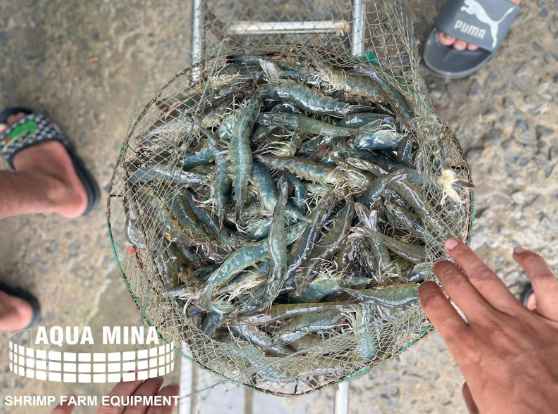
5 Key Points in Shrimp Farming
1. Shrimp Pond Environment
There is a well-known saying passed down from our ancestors: Raising shrimp is raising water. This shows how crucial the water environment is in shrimp farming. The indicators need to be stable and meet the necessary criteria for shrimp to live and grow, such as pH, alkalinity, dissolved oxygen, algae, salinity, and toxic gases.
It is essential to regularly monitor weather forecasts to proactively prevent sudden changes in the shrimp pond’s environmental indicators caused by rain, sun, wind, and storms.
2. Basic Knowledge and Disease Prevention for Shrimp
Always prioritize and implement disease prevention for shrimp from the start. Preventative measures help minimize the risk of shrimp contracting diseases.
Basic knowledge of shrimp disease prevention includes knowing how to handle toxic gases, harmful algae, viruses, harmful bacteria, and parasites to detect problems early and treat shrimp effectively.
3. Feed Supply
Feed accounts for 50% or more of the total investment in shrimp farming. Proper management of feed is necessary to avoid excess, which leads to waste and water pollution.
Choose high-quality industrial feed that contains sufficient protein, combined with homemade feed and naturally sourced feed.
Always use probiotics for water treatment, natural feed generation, and supplements like vitamin C, multivitamins, and minerals to keep the shrimp healthy.
4. Building a Shrimp Farming Model
There are several types of shrimp farming models, such as: shrimp farming in earthen ponds, shrimp farming in earthen ponds with tarpaulin linings, shrimp farming in concrete ponds, concrete ponds with tarpaulin linings, and shrimp farming in round steel-frame ponds with tarpaulin linings.
Each model has its advantages in terms of construction, investment, costs, and operational convenience. Recently, the round tarpaulin-lined pond model has gained popularity due to its many advantages and much higher efficiency compared to other models.
5. Understanding the Technical Process of Shrimp Farming
Determine the farming model, understand how to treat and prepare the pond for stocking, and manage both the initial stocking and the meat farming stages.
Create water color to generate natural feed, carefully release the juvenile shrimp, and nurse them during the first stage for about 15-25 days to ensure strong juveniles with a high survival rate.
When transitioning to the meat farming stage, it’s crucial to understand each development phase and adjust feed ratios accordingly to maximize the shrimp’s growth to their largest size.
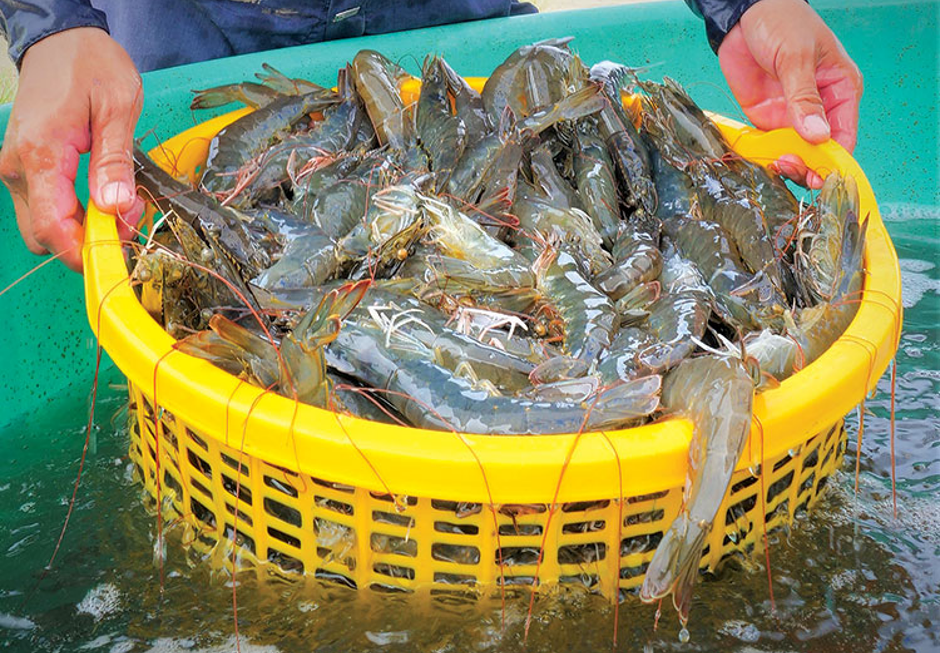
Ngày đăng : 26/10/2024
2025 View
Other Articles
Global Shrimp Forum: Global shrimp trade is reshaping
China’s Import Value Up 10%, Vietnamese Shrimp Remains Among Leading Suppliers
After the 7.5-magnitude offshore earthquake in Aomori that injured 34 people, Japan has issued a warning about a potential mega-earthquake
India’s shrimp exports accelerate despite the trade war with the United States
Portuguese food group acquires 18% stake in cod farming company Norcod
Indonesia implements radioactive-free shrimp certification for exports to the United States
India is world’s second-largest shrimp producer. That is now under threat
Ca Mau’s shrimp industry moves towards “green” growth
Floods devastate aquaculture, processing operations in Vietnam
Ecuador Leads Global Shrimp Exports, Surpassing USD 7 Billion in 2025
India's marine product exports rise 16% as new markets offset US dip
Skretting presents the first shrimp feed with insect meal in Vietnam








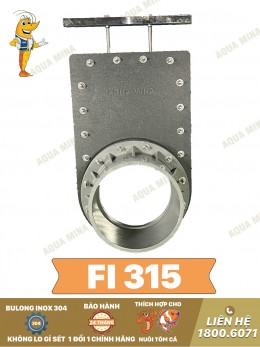
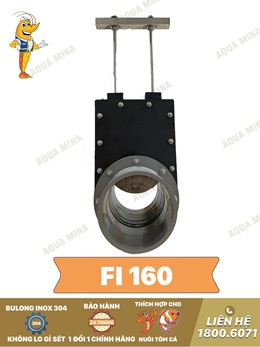
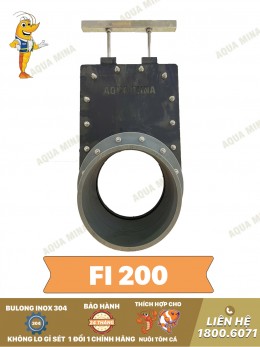
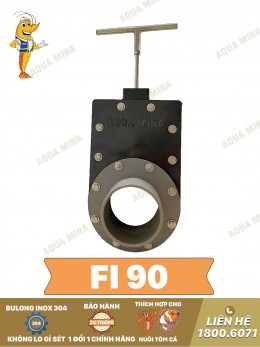
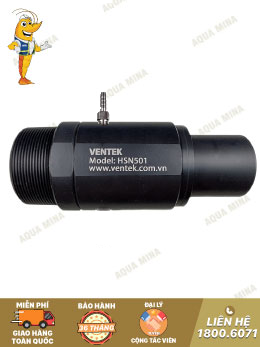
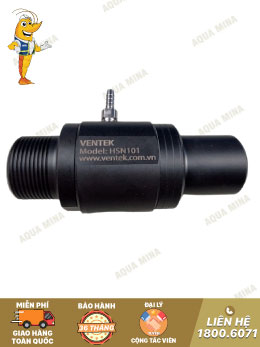

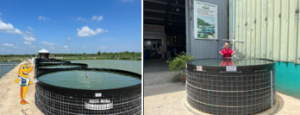
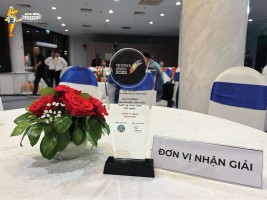
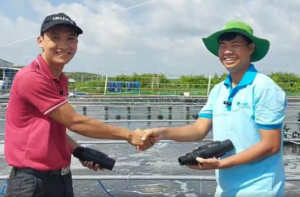
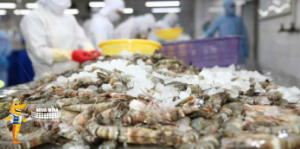
.jpg)